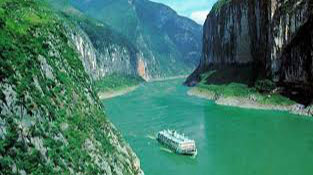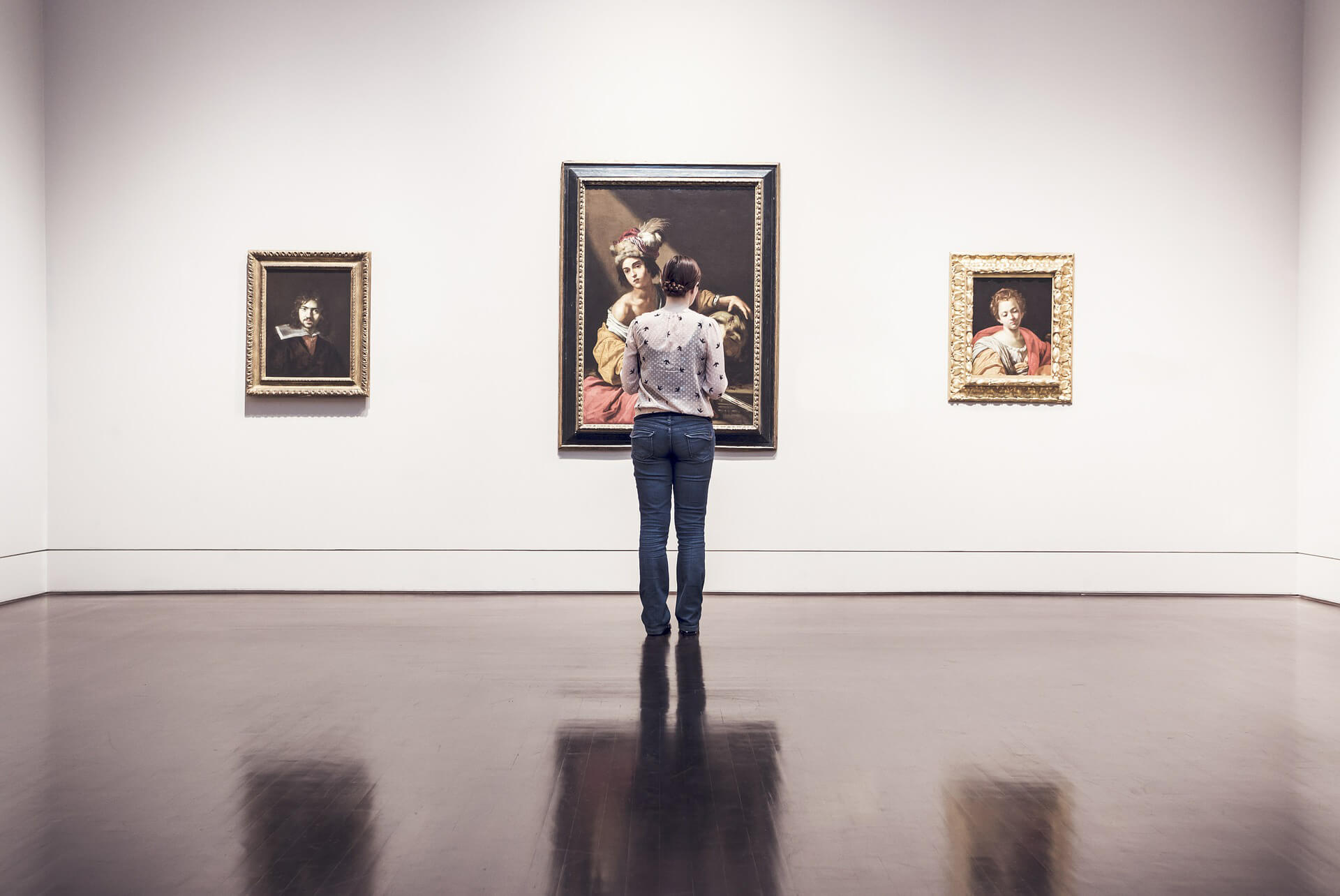In China’s long history, countless people have emerged as historic figures and heros. Few were the emperors who governed their dynasties with peace and prosperity. Others like generals who fought with loyalty and courage and defended their countries against the invaders. Others like scholars and philosophers who published their works or passed down their thoughts. Selective samples of the historic figures are briefly described in the following paragraphs.
During the Spring and Autumn Period (春秋), Confucius traveled around the kingdoms. He preached to the warlords on good governance and good civic morals. He set up school and taught his thoughts to many disciples. Eventually, his teaching and thoughts became the foundation of governance for the feudal society. Around the same time, Sun Wu (孙武) lived in seclusion and wrote the book “The Art of War” (《孙子兵法》). It became the authoritative book on military strategy and tactics.
In the Han Dynasty (汉朝), Emperor Wu of Han, Liu Che (汉武帝刘彻), was an ambitious person. He expanded the territory and expelled the Huns tribe (匈奴) to the north of the desert. Years later, his descendent sent envoy, Zhang Qian (张骞), on diplomatic missions to the Western Regions (西域) of now Xinjiang. He opened up the Silk Road and started the trades and cultural exchanges between China and Middle Asia.
In the Tang Dynasty (唐朝), Emperor Taizong of Han, Li Shimin (唐太宗李世民), announced a good policy for peace and prosperity. He started one of the golden eras (Zhenguan era 贞观之治) in Chinese history. In the same dynasty, poets such as Li Bai (李白) and Du Fu (杜甫) wrote and cited poems, and promoted poetry to its peak in Chinese history. In the Song Dynasty (宋朝), Scholar Su Shi (苏轼) had multiple talents. He excelled in poetry, calligraphy, and painting, and his works were passed down through generations. At the end of the dynasty, a different hero emerged. The general, Yue Fei (岳飞), fought with loyalty and bravery against the invading Jin tribe (金族). But eventually he was betrayed by the prime minister who wanted a treaty with the tribe.
Before the establishment of the Yuan Dynasty (元朝), Genghis Khan Temujin (成吉思汗铁木真) unified the Mongolian tribes and established the Mongolian Empire. His grandson Kublai Khan (忽必烈) conquered the Southern Song Dynasty (南宋) and established the Yuan Dynasty (元朝). That was the epic moment of the Mongolian Empire. It occupied the largest territory in world history from eastern Asia to eastern Europe.
One hundred years later, Yuan was overthrown by Ming. The founding emperor Zhu Yuanzhang (朱元彰) was born in poverty, but he overthrew the Yuan Dynasty and established the Ming Dynasty (明朝). His son sent Admiral Zheng He (郑和) as an envoy overseas. Zheng He made seven voyages (郑和下西洋) to the West as far as the east coast of Africa for promoting national prestige and trades between China and the countries along the routes.
In the Qing Dynasty (清朝), Emperor Kangxi (康熙皇帝) captured his enemy Oboi (鳌拜), pacified the three tributary kingdoms (三藩之乱), recovered Taiwan from Portugal, and laid the foundation for the prosperity of the Qing Dynasty. More than 100 years later, the Imperial Commissioner Lin Zexu (林则徐) confiscated and destroyed opium in Canton (广州). The British used it as a pretext to start the Opium War (鸦片战争). From then on, the Qing Dynasty became more and more corrupted and was despicably exploited by the foreign colonial powers.




